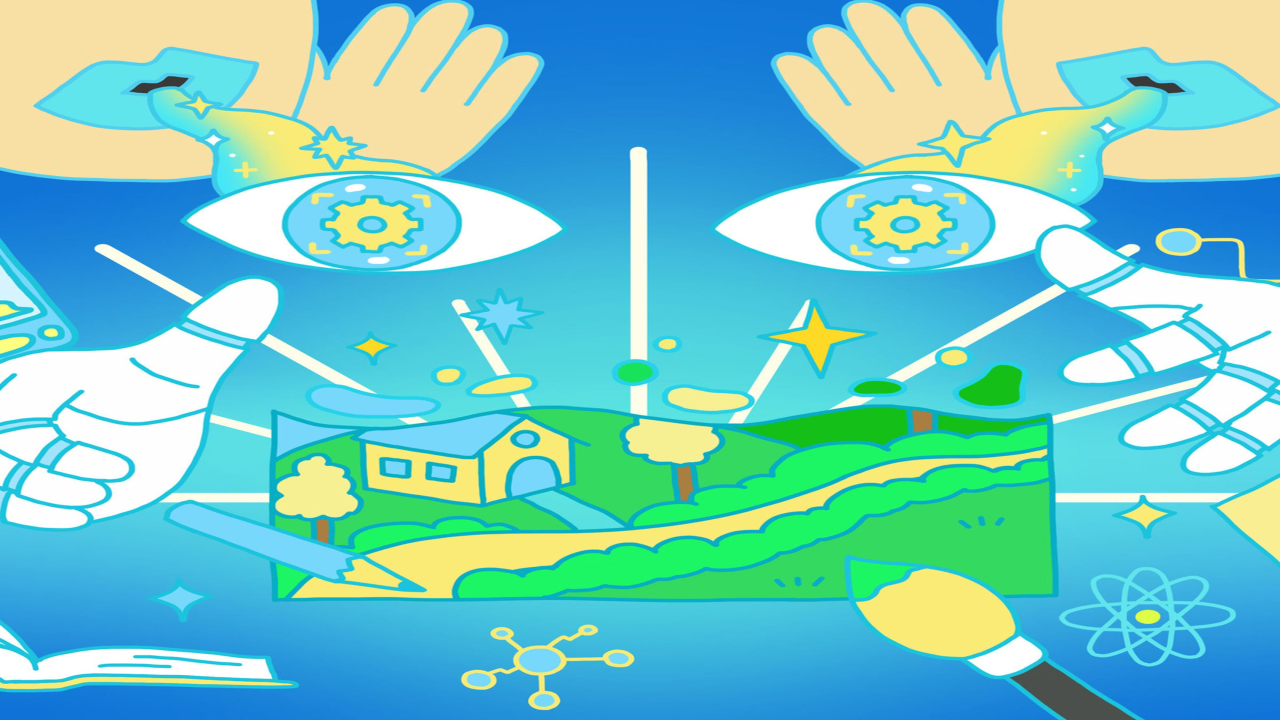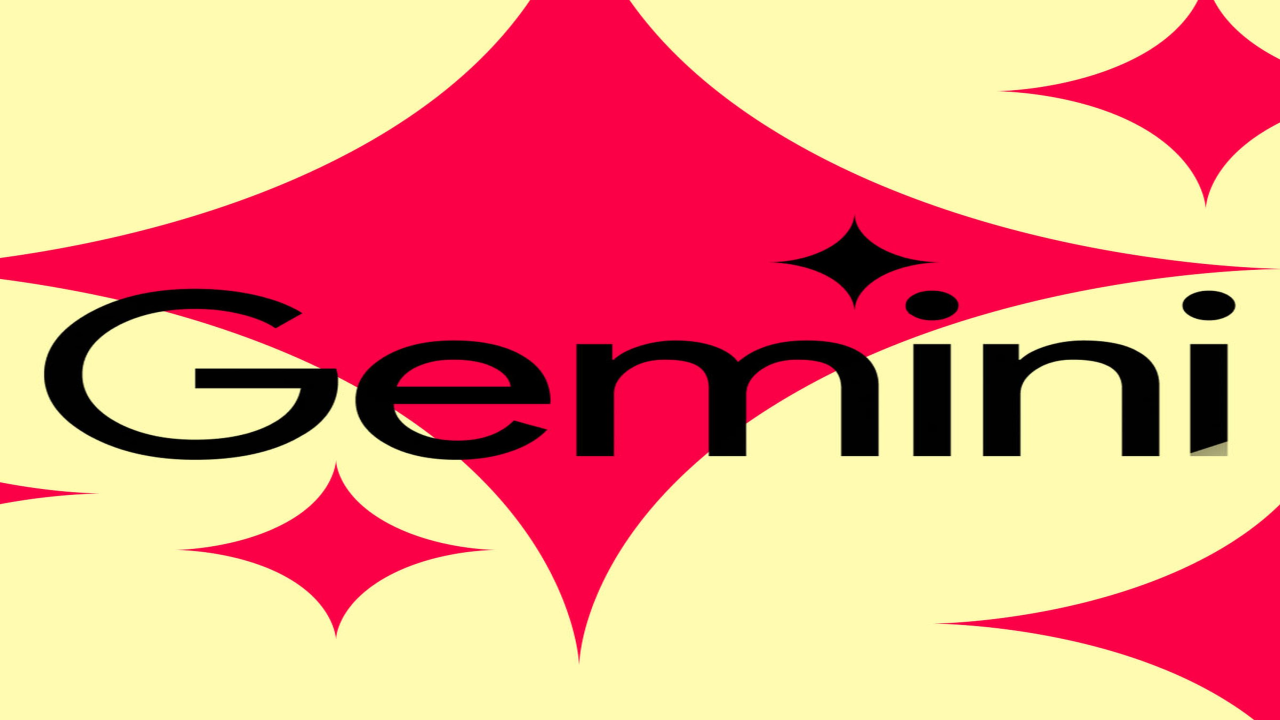Enhancing AI Art: Microsoft's Bing Image Creator Update Reversal
Discover how Microsoft responded to quality concerns with the Bing AI image generator, reverting updates to improve user experience and output accuracy.

Microsoft recently made headlines by reverting its Bing AI image generator upgrades following significant quality complaints. Users expressed dissatisfaction with the tool's performance after a December update, leading to a proactive response from Microsoft.
Understanding the Issue
The complaints surfaced after an update to the DALL-E 3 model on December 18th, causing users to notice a decline in the tool's functionality. Users reported less detailed results and inaccuracies in image outputs, prompting Microsoft to investigate the root cause of these discrepancies.
Microsoft's Response
Jordi Ribas, Microsoft's head of search, acknowledged the reported issues and announced a rollback to a previous version of the DALL-E model. While this decision aims to address user concerns, the process may take a few weeks to complete, ensuring a seamless transition back to a more reliable AI image generation tool.
User Feedback and Impact
Feedback on platforms like Reddit and OpenAI's community forums highlighted specific issues with the tool's output quality. Users pointed out discrepancies in areas such as fabric rendering on characters' attire and the placement of visual effects like starbursts, emphasizing the importance of accurate and detailed image generation.
The Future of AI Art Generation
As AI continues to evolve in the realm of art creation, ensuring quality and user satisfaction remains a priority for tech giants like Microsoft. By actively addressing user feedback and fine-tuning AI models, companies can enhance the capabilities of AI art generators and provide users with more accurate and visually appealing results.
Conclusion
Microsoft's decision to revert the Bing AI image generator upgrades underscores the significance of user feedback in refining AI technologies. By prioritizing user experience and actively engaging with concerns, companies can improve the quality and reliability of AI-powered tools, setting a positive trajectory for the future of AI art generation.
What's Your Reaction?





















